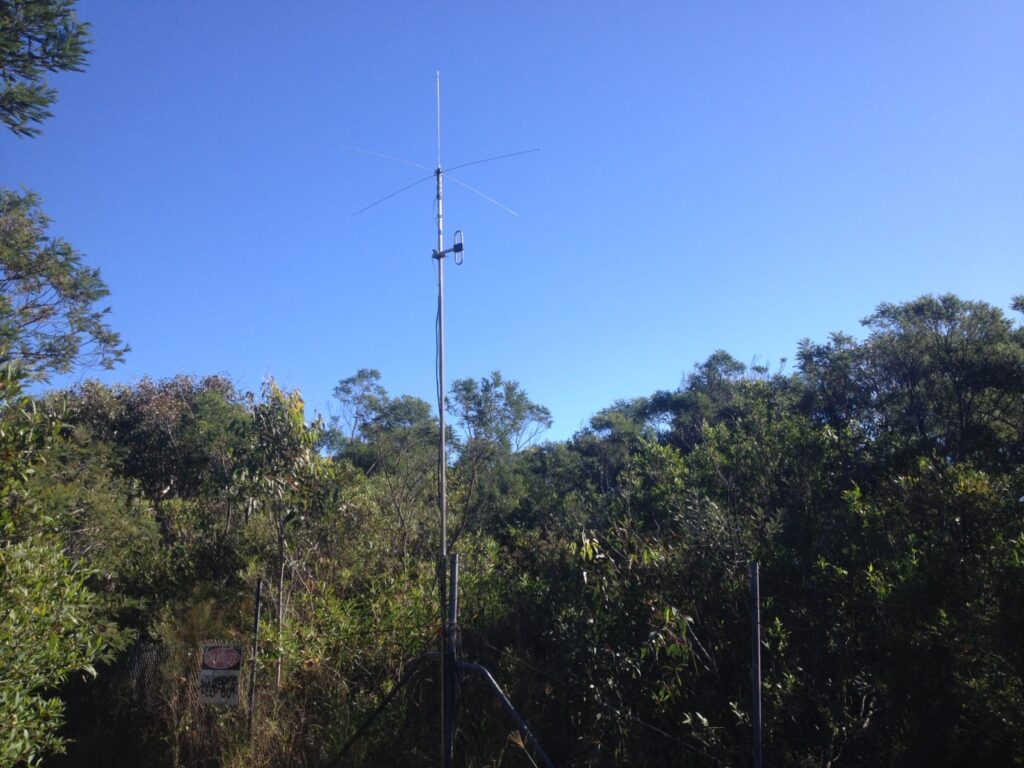On Saturday 18 July, 2019 CREST NSW Inc set up a radio network for this event, as we have done for quite a number of years now.
The event takes in the views of Lake Macquarie, Catherine Hill Bay and the Munmorah State Recreation area. There are three route options for the competitors – 12, 22 and 36km.
For this event, the norm is to set up a main or “hub” repeater site covering the northern end along with a secondary linked repeater site covering the south. VHF Midband is used for the system backbone with all network users on UHF.
As a test, we also setup a “ultra-portable” cross-band system utilising a couple of portable radios. The idea of this is that it can be deployed into locations that are strictly walk in either due to land owner policy or terrain logistics. In these applications, the novelty of carrying generators over distance can wear off very quickly. In addition, the ability to keep batteries charged using solar can also be challenging due to vegetation tree canopies with very limited results.
In this experiment, the mast was not that portable but it did not have to be. It was a 50m walk from the vehicle to the selected site. It was however somewhat windy that day so the more robust must was considered more appropriate.

The cross-band radio repeater consisted of a Kenwood TK3107 UHF portable and an Icom IC-F30G operating in VHF Midband, connected via a Surecom SR-629 repeater controller.
A consideration of this type of configuration is that we should be very considerate of attenuation in coaxial cables and connectors in order to get the most out of that 5 Watts. Belden 9913 Coaxial cable which conforms to a RG-8 specification was used on UHF. We should have probably used the same for the VHF midband but on the day, rather lax with RG-58C/U. We were probably only delivering about 2.5W of VHF Midband RF into the antenna and while that seemed to work fine, we must give ourselves the option in the near future of a VHF groundplane antenna that is terminated with an N Connector.
Power comes from the individual radio battery packs themself. The above two radios are used because there are lithium-ion battery pack options available. This system was given a pretty fair work out and the lithium-ion pack on the UHF was down to one bar after four hours. The VHF Midband spending the vast majority of its time on standby/Receive was still full at the end of the job. The duty cycle experienced on the event did not appear to be an issue.
In conclusion, not a bad option where we cannot use “normal” repeater base station equipment for temporary or emergency jobs. You would be surprised what you can do with 5 Watts of RF.